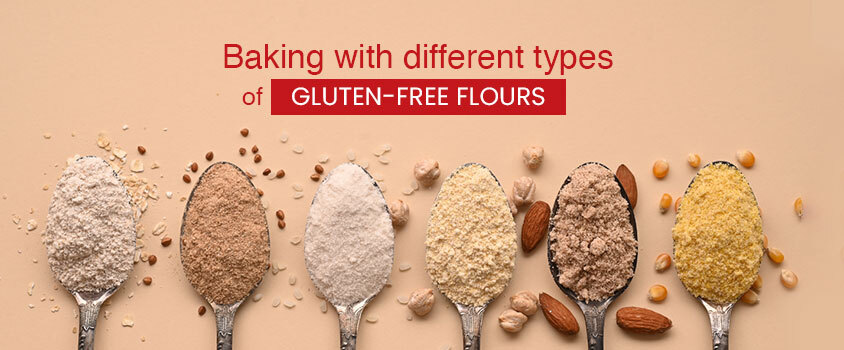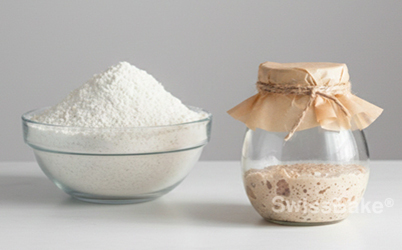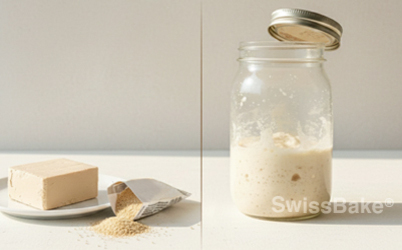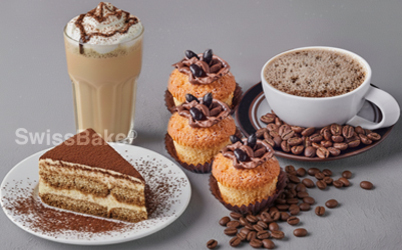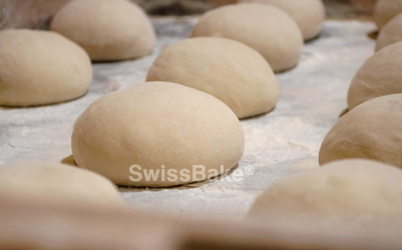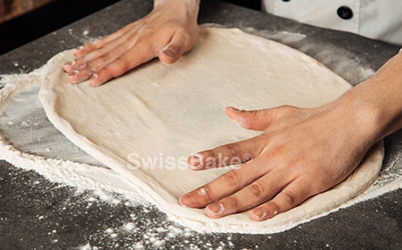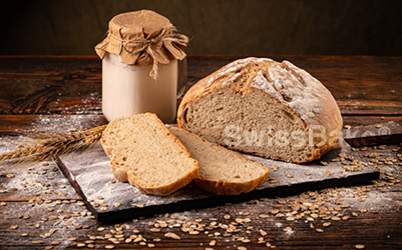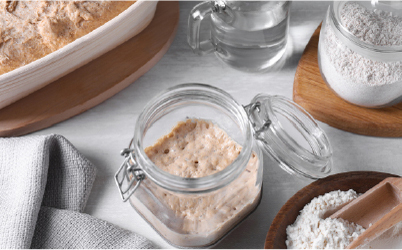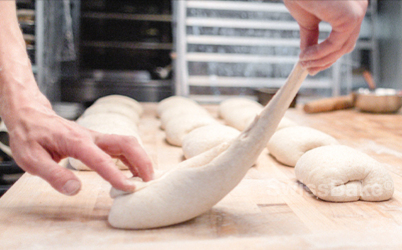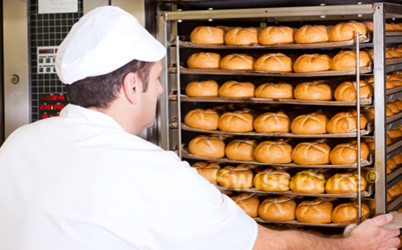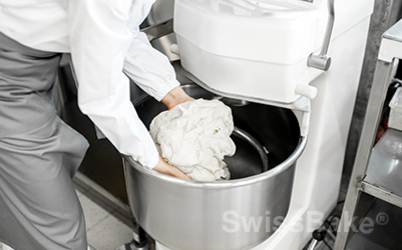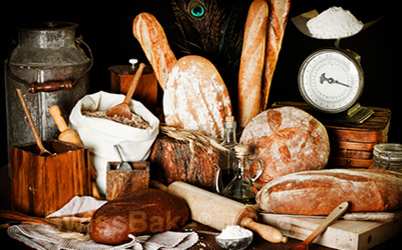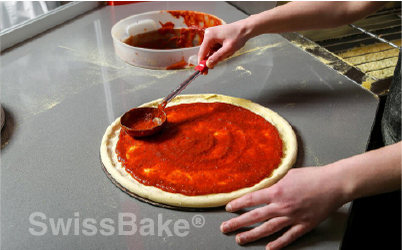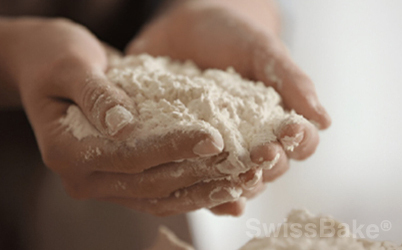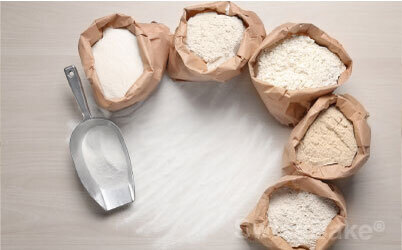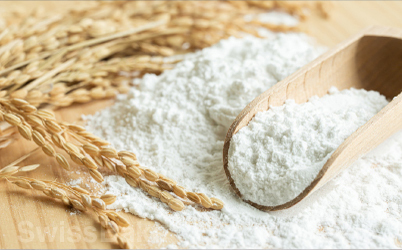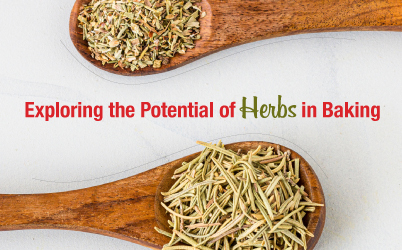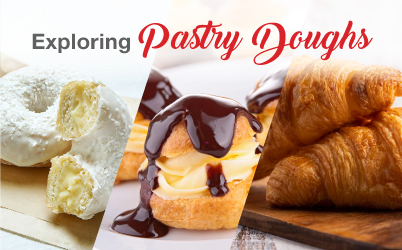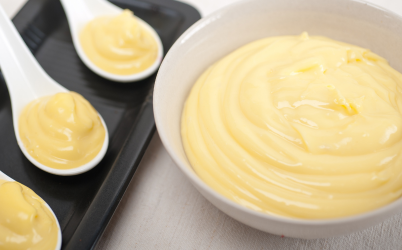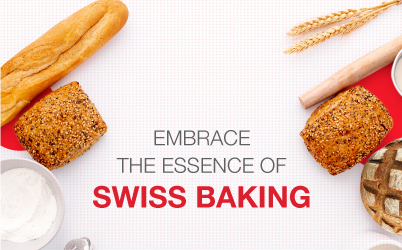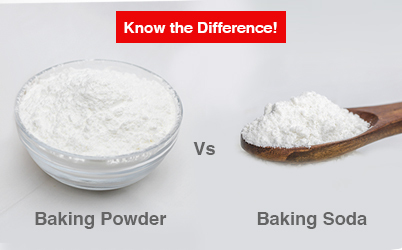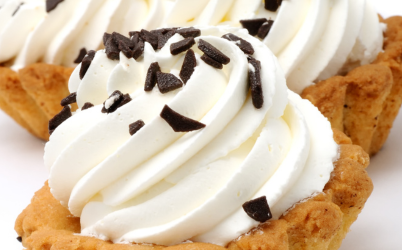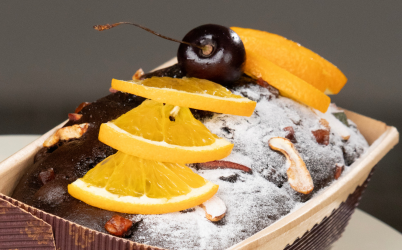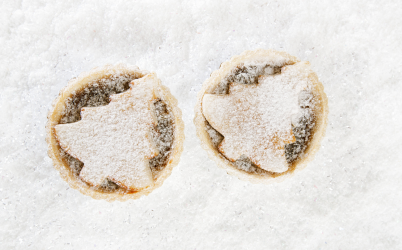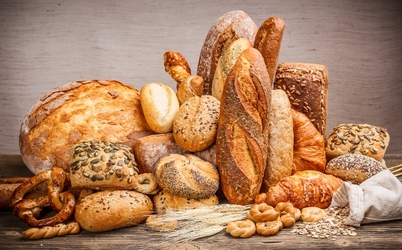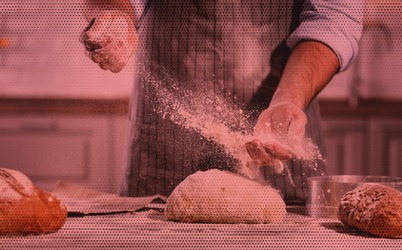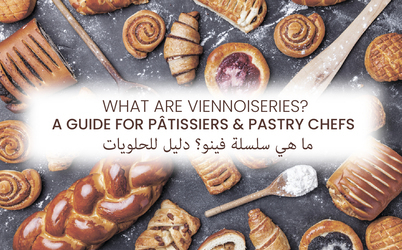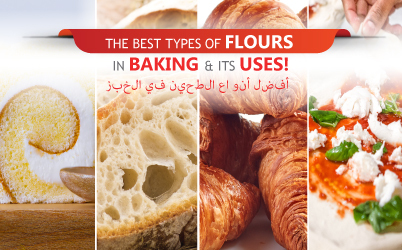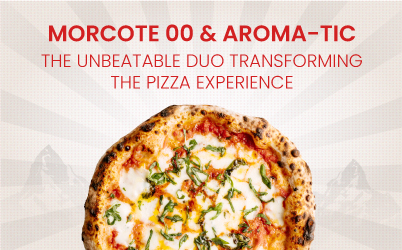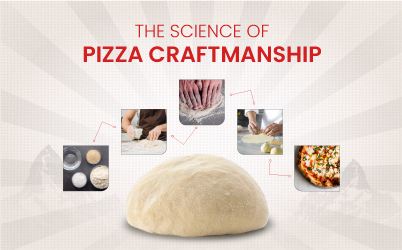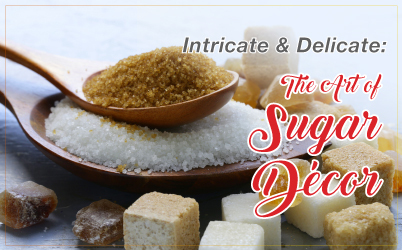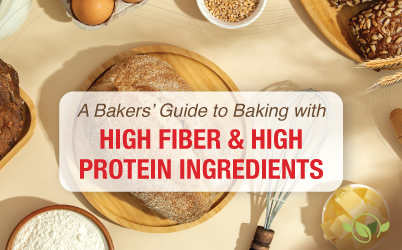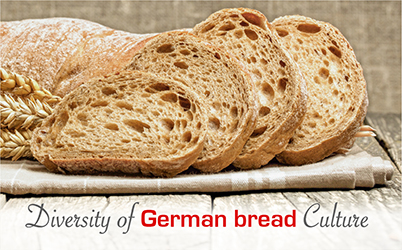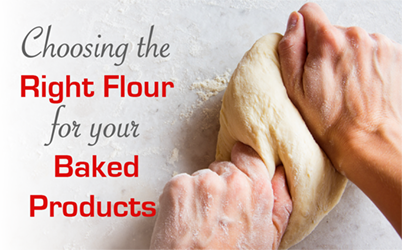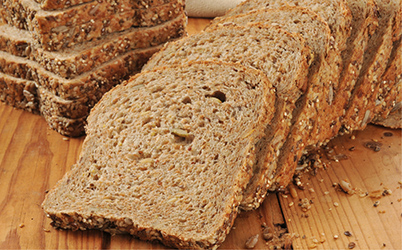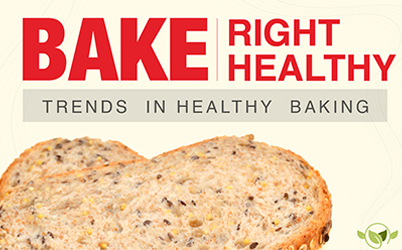Baking With Different Types Of Gluten-Free Flours
GLUTEN-FREE FLOUR: THE BASICS
At the very basic, a 100% gluten free flour does not contain a type of protein called gluten, mainly found in grains like wheat, barley & rye. Gluten-free flours are typically derived from its alternatives like millets, nuts, plant seeds, legumes and other grains like rice, maize, quinoa & more!BAKING WITH GLUTEN-FREE ALTERNATIVES: A REALITY CHECK!
- Professional bakers need to understand the nuances of the varieties of gluten-free alternatives and how they impact the final product. Professionally baking with gluten-free flours can be both rewarding and challenging. Here’s why:Gluten-free flours can have different textures & flavours compared to wheat flour. Some gluten-free flours may be denser or grittier, while others may have a nuttier, sweeter or neutral taste. Bakers may also need to combine & mix different gluten-free flours to achieve the desired texture and taste in their baked goods.
- Since gluten is what gives traditional baked goods their structure & elasticity, baking gluten-free involves experimentation due to the absence of gluten's structure-building properties, necessitating alternative techniques such as blending flours or using binders like xanthan gum.
- In addition to using gluten-free flours, professional bakers often need to substitute other ingredients to ensure their recipes are completely gluten-free. This may involve ensuring all flavourings & mix-ins are gluten-free and carefully sourcing ingredients to avoid cross-contamination.
- Gluten-free baking requires accuracy to achieve successful results. Since gluten-free flours have different properties than wheat flour, small deviations can have a big impact on the final outcome.
- Despite the challenges, professionally baking with gluten-free flours can be incredibly rewarding, especially when the gluten free bakery products are just as tasty and visually satisfying as their gluten-containing counterparts.
POPULAR CHOICE OF GLUTEN-FREE FLOURS: A BAKERS’ GUIDE
1. Millet Flour
- Milled and sourced from an array of millets or combination of multi-millets, has a grainy, grittier texture
- Good source of fiber, protein and micronutrients; globally known to improve the nutrient profile of bakery products
- Adds a subtle nutty flavour with good volume, even rise and structure
- Versatile applications in various products in combination like various breads, muffins, pies, pizza bases, cookies, etc.
2. Almond Flour
- Made from finely ground almonds & has slightly sweet and nutty flavour
- High in omega 3 and a good source of protein
- Adds moisture, tenderness, density and richness in baked goods
- Perfect for French macarons, gluten free pancakes, almond biscotti & gluten free cookies, pizza bases & sandwich breads
3. Rice Flour
- Milled from white or brown rice grains, rice flour has a neutral taste & a fine, smooth texture
- Popular & versatile choice and is easily digestible due to low fiber, fat and protein content
- Imparts a soft texture and tender crumb
- Rice flour is a staple in gluten-free baking and is its suitable applications include a wide range of breads, pastries & cakes
4. Coconut Flour
- Produced from finely milled dry / desiccated coconut and has a typical coconutty and sweet flavour
- High in fat content and moderate in carbs content
- Effectively absorbs moistures and provides structure, density and rich texture in confectionaries
- Ideal for muffins, granola & crumbles, tea cakes, pound cakes, pancakes
5. Tapioca Flour
- Extracted from the cassava root, tapioca flour/starch has a neutral flavor and a fine, powdery texture
- Being gluten-free & grain-free, tapioca flour/starch acts as a thickening agent and adds chewiness to baked goods
- Used in combination with other gluten-free flours to enhance the texture of breads, pie crusts and cookies
6. Quinoa Flour
- Milled from quinoa seeds, quinoa flour has a nutty flavor with a very subtle hint of graininess
- Rich in protein, fiber and micronutrients, quinoa flour adds a hearty texture and nutritional value to baked goods
- Suitable for bread, pizza crust, tart shells and crackers, quinoa flour imparts a unique taste and a slightly crunchy texture
SwissBake® BEST GLUTEN FREE BAKING MIXES
SwissBake® offers a comprehensive range of the best gluten free baking mixes designed to simplify the baking process while ensuring uncompromised taste and texture as the original wheat-based reminiscent. Our gluten free baking mixes are formulated with the finest & 100% natural gluten-free blends with expertise, accuracy and precision to ensure consistent results and a hassle-free experience while eliminating the chances of baking errors by using gluten free alternatives. From the best flour for baking, the gluten free all purpose flour & gluten free waffle mix to gluten free cake mix and gluten free pizza flour, we cater to the diverse demand of gluten free baking for professional kitchens and bakers. Click here to know more about our exclusive range of the best gluten free baking mixes!

